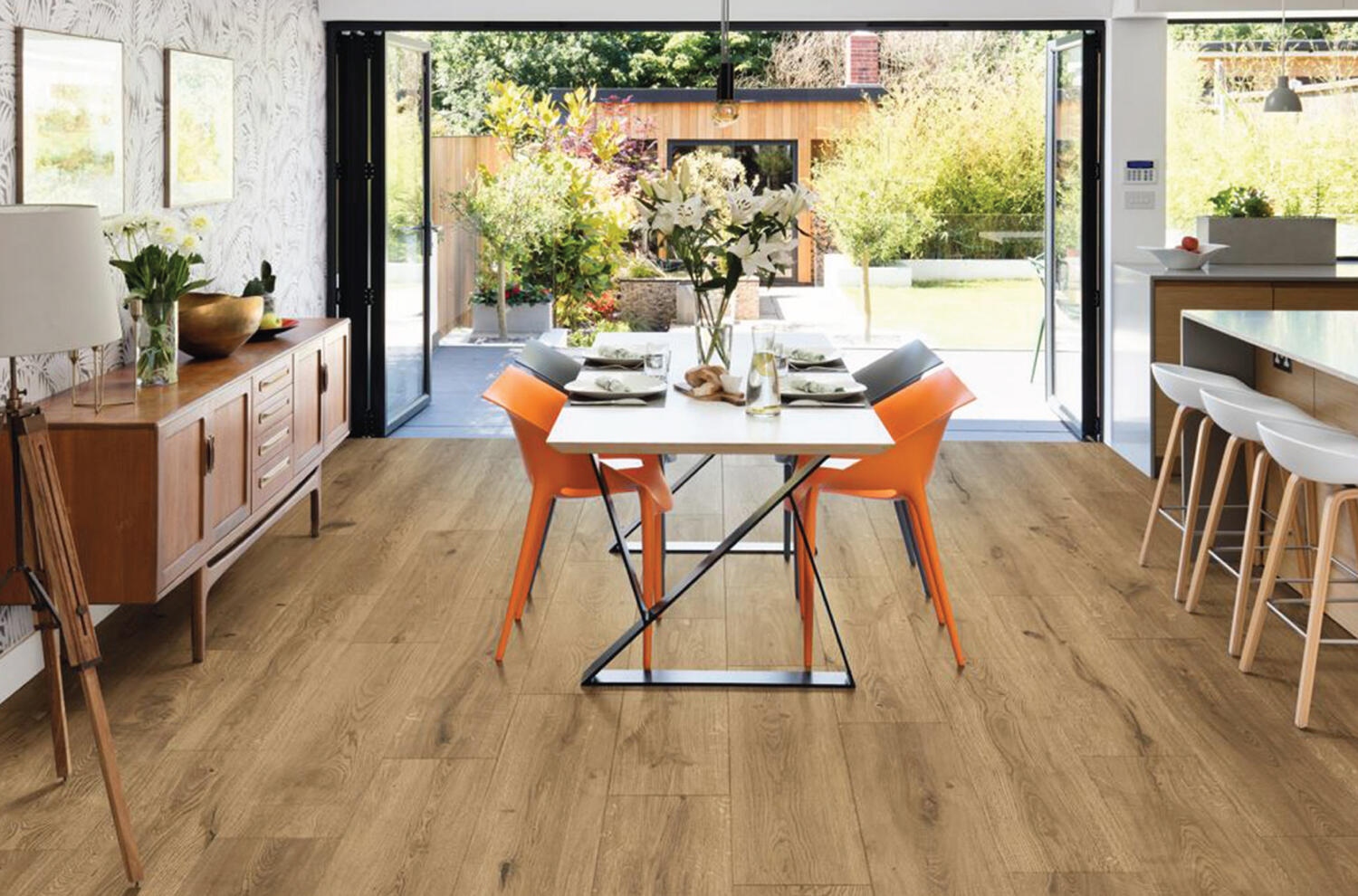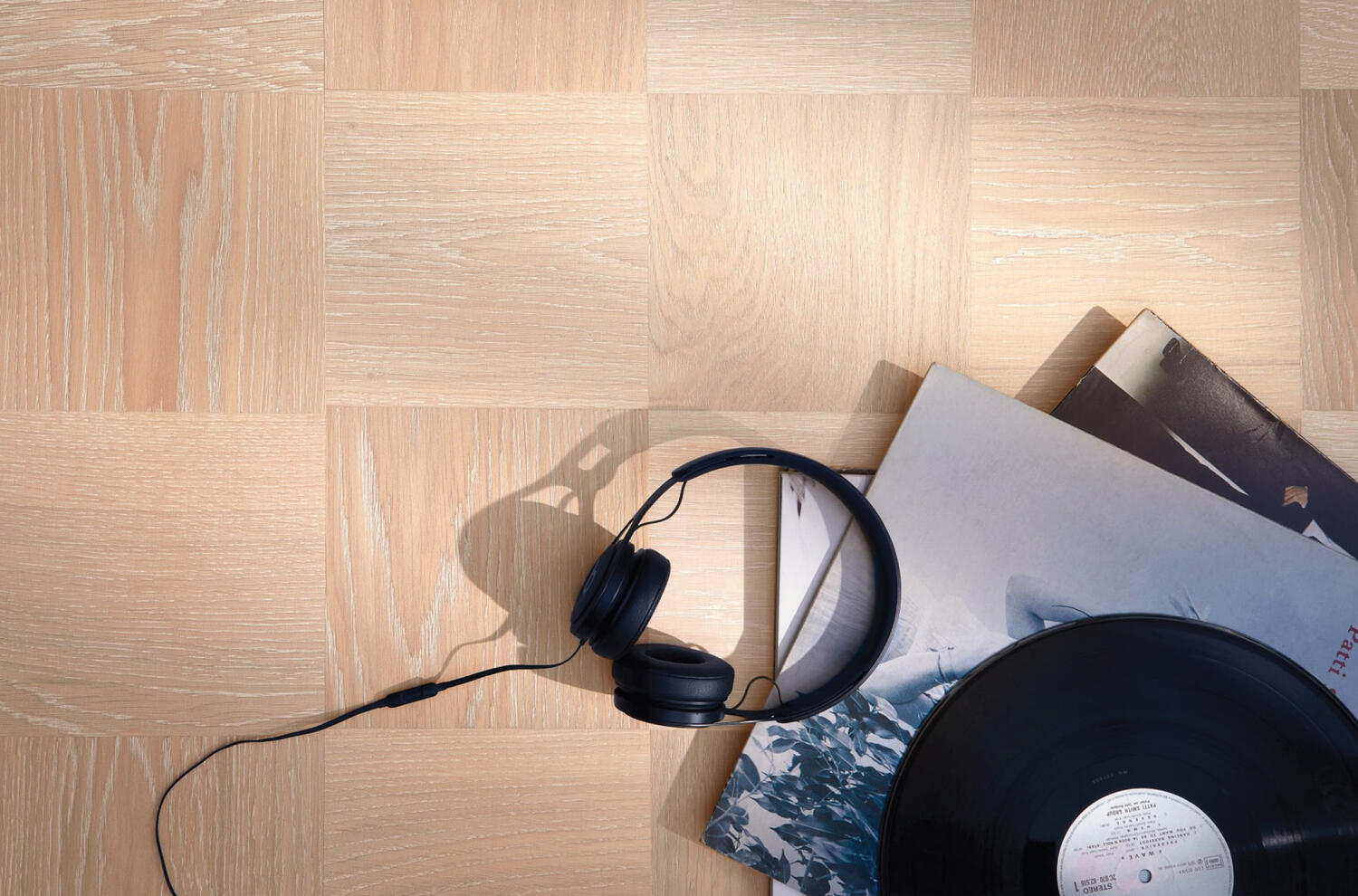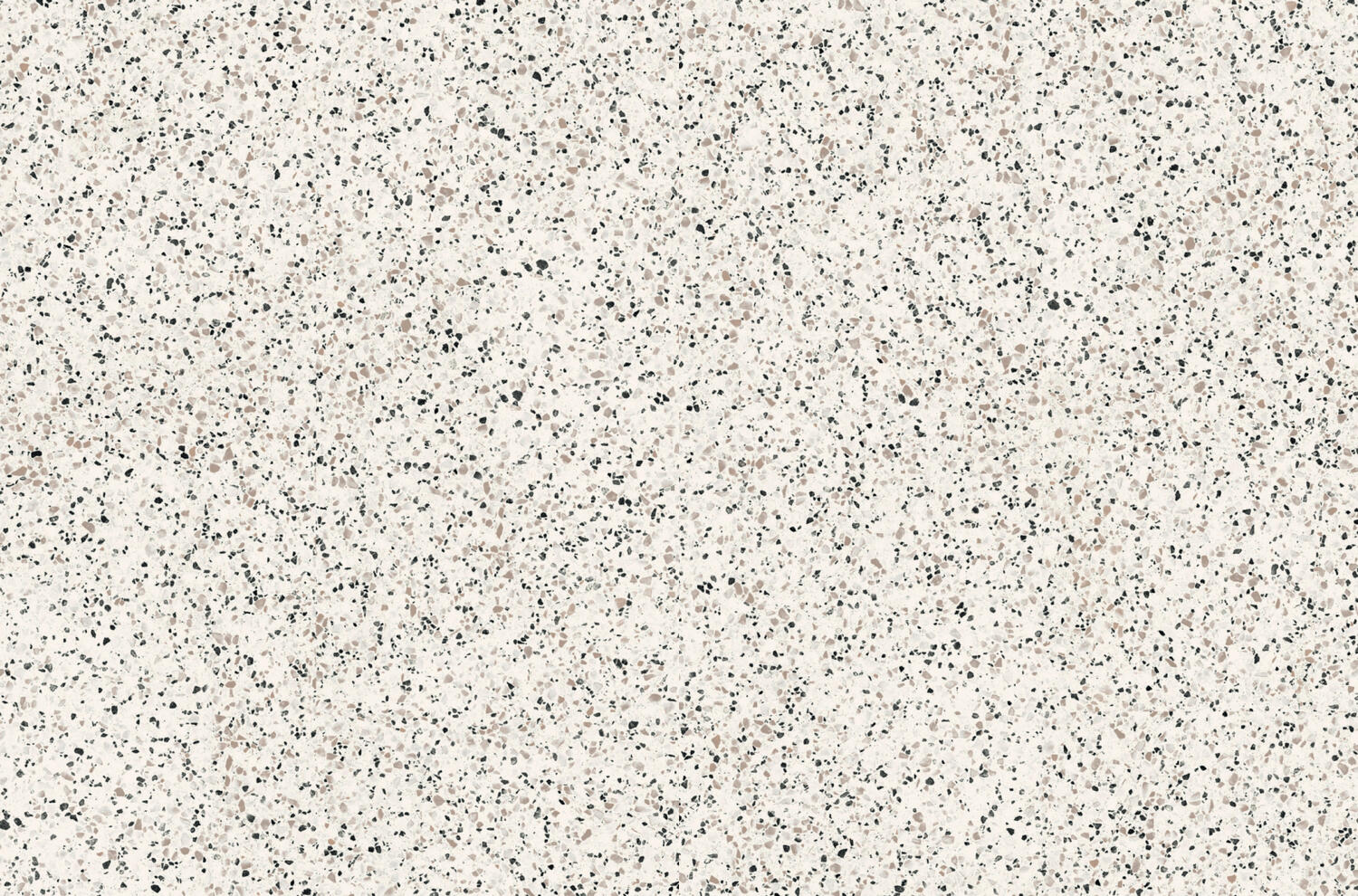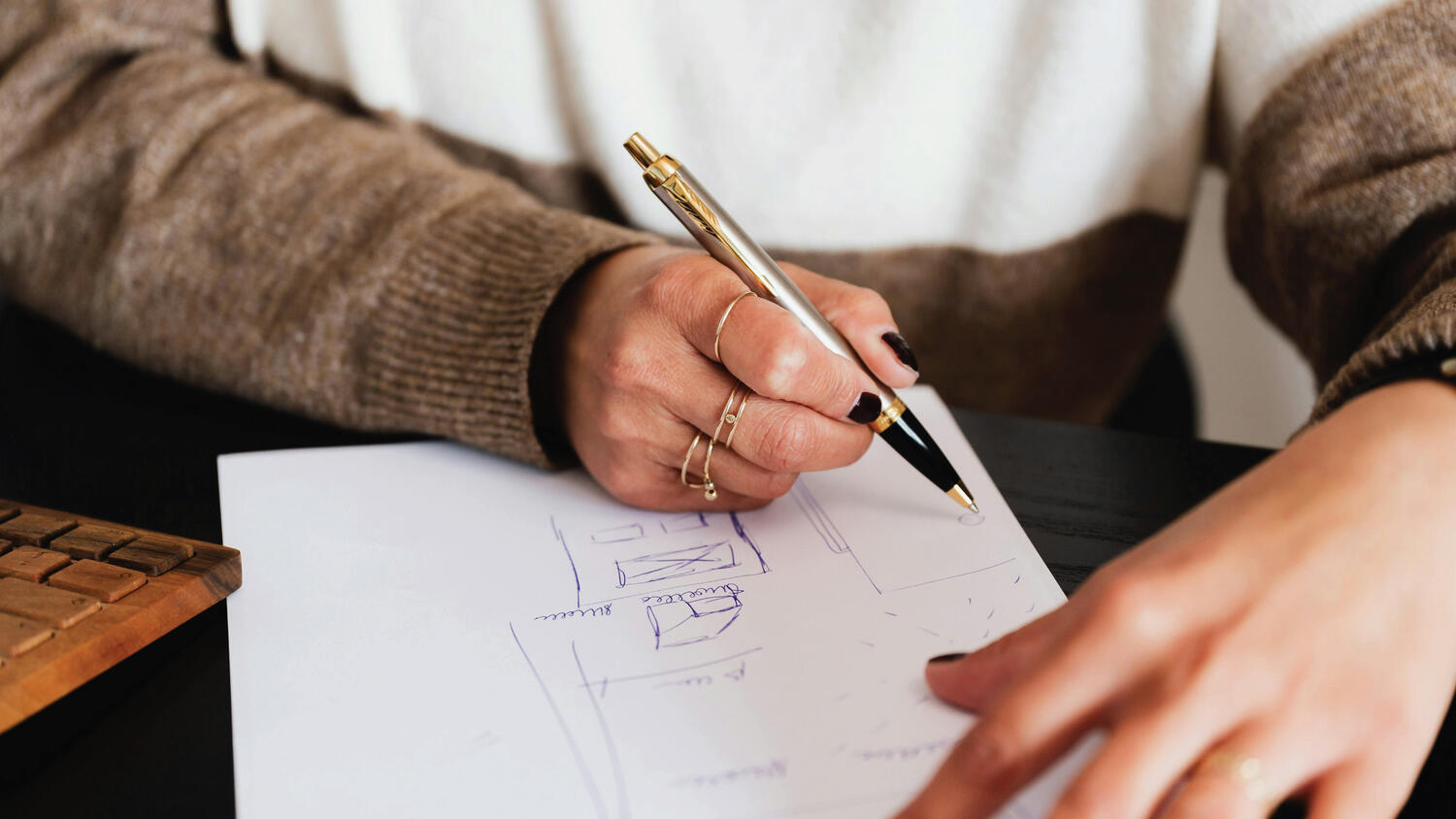
10 Easy Steps for a Great Interior Design
Giving any space a fresh look can be overwhelming, whether it involves major renovations or simple do-it-yourself (DIY) projects. To help you with this, we’ve compiled a list of 10 easy steps to make your next interior design venture a fun, successful, and rewarding experience. From skilled designers to complete beginners, these tips will help guide you through creating a stunning space that you’ll love to call home!
Step 1: Know What You Want
It’s important to have a clear vision for any interior design project. A helpful practice is to start by imagining the space as empty and identifying what isn’t working. Reflect on your favourite features and identify what you’d like to change. Consider how the room will be used—will it be a bedroom or a home gym? Different spaces will need different elements, so it’s important to consider this at the beginning of the interior design project. Asking yourself these questions will help you make decisions about flooring, lighting, layout, and more.
Step 2: Consider Colour
Colour is the most important factor for most people when choosing interior products (we have the research). While there is plenty of advice on using colour based on factors like light and space, as flooring experts, we recommend choosing furnishings and design elements that complement and enhance the overall vibe you wish to create. When it comes to flooring, consider the feel or mood it creates—warm, cool, remarkable, or subtle. Also, flooring can be an accent colour in a design, but it doesn’t have to be.


Step 3: Find References
You can find endless inspiration by searching Google Images, exploring social media platforms such as Pinterest, Instagram, and TikTok, or browsing through publications like Elle Decoration, Remodelista, and Ideal Home. By finding references and exposing yourself to different interior design styles, you can refine a particular aesthetic and decide on the direction you choose for your own space. When choosing flooring, you can use our Room Designer tool to visualise different types of flooring in your space. You can also download a high-definition image or split the view to compare different products in the same setting.

Step 4: Learn the Language of Design
It's important to stay updated on trends, but don’t feel restricted by them. Instead, focus on what resonates with you. For example, you may not be familiar with the ‘Japandi’ design, but once you come across it, it could be exactly what you're searching for, or it could at least inspire you with elements you'd like to incorporate into your project. There are around 25 main interior design styles, but categorising these styles too strictly is nearly impossible. By taking the time to familiarise yourself with different interior design styles and terms like ‘layering,’ ‘negative space,’ and ‘balance,’ or staying informed about emerging trends, you will be better able to identify and achieve the kind of space you desire.
Step 5: Ask and Collaborate
Connect with retailers, family, and friends who share similar interests and values. This is an easy and great way to get your questions answered, exchange ideas, and address any concerns you may have. They may also be able to offer support at various stages of your design process. If you find someone willing to collaborate creatively, consider teaming up and using design tools such as Planner 5D or Floorplanner, or even the Notes app on your mobile phone. Work together, wherever and whenever, from the palm of your hand!
Step 6: Start From the Ground Up
We have to say this, of course, but the floor is the base and foundation of any design. Flooring should not be an afterthought. The cost of flooring and installation can make up a significant portion of any project budget, so it’s essential to choose wisely and plan accordingly. First, assess whether your current flooring is suitable or if it needs to be replaced. Assess if it can be salvaged through methods like sanding or professional cleaning, as this can save costs and promote sustainability. If replacing is necessary, consider the space and prioritise your needs. While carpet remains a popular choice for areas like living rooms and bedrooms due to its warmth, hard flooring options like luxury vinyl tiles (LVT) and hardwood provide both charm and practicality for almost any space.


Step 7: Beware of the Light
Without light, there is no colour, so the way you design your lighting in your space can have a profound effect. Consider the lighting needs of your space throughout the day. This includes ensuring there is adequate bright task lighting, cosy accent lighting, and maximising the use of natural lighting from windows or skylights. The quantity and placement of natural light sources can greatly affect how usable a space is and determine if additional lighting is necessary. When selecting accent or task lighting, consider how power sources are positioned in relation to the room's décor and practicality. For instance, placing table lamps on side tables or using fairy lights in a glass vase can enhance the mood of the space, but if they aren't battery-powered, exposed cords and wires may detract from the overall interior design.
Step 8: Measure and Sketch
Before making any final decisions or big purchases, it’s important to take measurements of your space and create a sketch of the layout you intend to use. Graph paper pads are great for this; you can draw the plan view, write the measurements on it, and take a picture with your mobile phone to keep it with you. This way, you can easily reference it whenever inspiration strikes or when you’re out shopping. It's also a good idea to have a tape measure on hand, like the tailor’s type, which is compact and lightweight, in case you need to measure something!

Step 9: Set a Realistic Budget
Rarely is it not something to be mindful of, everything seems to cost more than at first glance. When setting a budget for your interior design project, it's important to be practical. Consider material and labour costs, and keep in mind that costs often end up being higher than expected. To avoid any surprises, it's essential to clarify all details upfront—good tradespeople will be transparent, make sure there are no hidden costs, and answer all your questions. While DIY can initially save money, it's important to recognise your limitations and leave certain tasks, like subfloor preparation, to experts. Painting skills don't translate to flooring installation, so knowing when to seek professional help is key.
Step 10: Do Your Research
When choosing items such as paint, furniture, and flooring, it's important to prioritise quality over brand recognition. Just because a brand is well-known doesn't mean it's the best choice, so it's vital to conduct thorough research before making a decision. Look for reputable brands with EU manufacturing, responsible production practices, lifetime warranties, and strong sustainability credentials. Keep an eye out for certifications such as Cradle to Cradle®, UKCA, and green building certifications, as well as low carbon footprints, low TVOCs, and no phthalates. Remember that while the phrase "you get what you pay for" is often accurate, it is still possible to find high-quality options without breaking the bank.
After completing the design overhaul, take some time to live in the new space. Make a note of what you like and what you might want to change in the future. Keep in mind that interior design is an ongoing process—be open to making adjustments and evolving the look over time to match your changing needs and preferences. With these 10 helpful steps for great interior design, you'll be well on your way to creating beautiful and functional spaces. Happy designing!